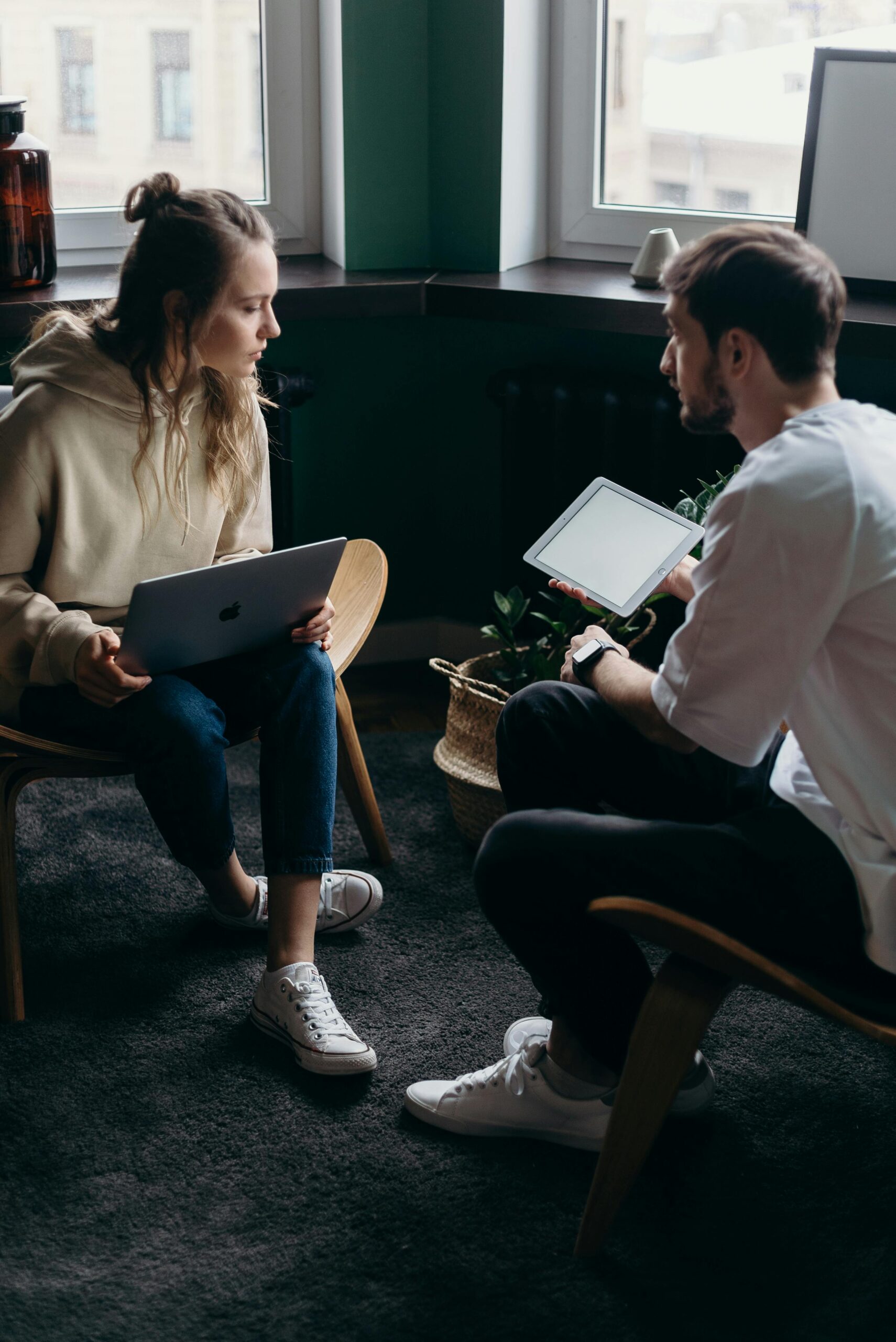Understanding Fees on Qualified Retirement Plans
When it comes to paying fees to the professionals who help administer a company’s qualified plan, there are different options available to the plan trustees. Each method impacts the plan and its participants, and it is important for plan sponsors to understand their options so that they can make an informed decision. Professionals who are compensated include third-party administrators, recordkeepers, and investment advisors.
Each year our partners at Vanguard conduct a survey of the over 18,000 plans that are on their platform. Aside from many different data points that are collected—such as average plan size, employer match and percentage of Safe Harbor plans—a section of the report is dedicated to how fees are paid.
Aside from explaining the different billing methods below, we have also included recent findings from the annual survey.
Employee Paid Fees
Pro Rata
Fees are deducted based upon the account balances and, therefore, the participants who have the largest balances in their 401k account will pay the highest percentage of fees each year.
96% of the plans that participated in Vanguard’s America Saves annual survey selected this billing method.
Per Capita
Fees are paid equally among participants. Under this arrangement, participants who have the lowest account balances are paying a higher percentage of the fees compared with participants who have the largest account balances.
2.9% of the plans that participated in Vanguard’s America Saves annual survey selected this billing method.
Employer Paid Fees
The annual fees are paid directly by the employer to the professionals who provide services to the company plan.
1.1% of the plans that participated in Vanguard’s America Saves annual survey selected this billing method.
A Combination
Some fees will be paid by the employer and the balance will be deducted from the participants’ accounts, using either the Pro Rata or Per Capita method.
The annual fees cover a wide range of services that professionals are providing to the plan. Examples of such services include fees paid to the recordkeeper, third party administrator (TPA), and the investment advisor. It is the trustee’s fiduciary duty to monitor those annual fees and make sure that they are reasonable. If the fees charged by the professionals are deemed unreasonable, the plan trustees could be opening themselves to potential liability.
Categories
Recent Insights
-

Here’s How To Take Your Wine Investment Portfolio to the Next Level
Many investors exploring the world of wine as an asset start with a handful of bottles or a platform account. However, the real challenge (and opportunity) lies in taking a portfolio from “starter” to strategically optimized.
-

The OBBA §179 Deduction: Conversations Every Business Owner Should Be Having
It’s all the buzz… Congress passed another “new law” — the One Big Beautiful Bill Act (OBBBA). In it, major changes to the OBBA §179 deduction start in 2025. For small and mid-sized businesses, this could result in significant tax savings and better cash flow when investing in equipment, technology, or improvements. Forget all the…
-

Collaborative Divorce: Navigating Legal and Financial Decisions with Clarity
Divorce can be one of life’s most challenging transitions, affecting both emotional well-being and financial stability. How the process unfolds can influence your future for years to come. Collaborative divorce offers an approach that emphasizes clarity, control, and cooperation. While it may not be right for everyone, it provides a structured path for families who…
-

Giving Back—and Giving Forward: A High-Level Look at Charitable Lead Trusts
For families and individuals who want their wealth to reflect their values, estate planning is about more than numbers—it’s about purpose. Many seek ways to have a lasting philanthropic impact while also ensuring their loved ones are supported for generations. A Charitable Lead Trust (CLT) is one strategy that can help accomplish both. Real-Life Scenarios:…
-

Talk Your Chart | Artificial Intelligence, Global Markets, And What Really Drives Returns | Ep. 73
In Episode 73 of Talk Your Chart, Marcos and Brett begin by diving into the ongoing debate about Artificial Intelligence (AI) and its potential as a market bubble. They explore the real-world implications of AI for the economy, industries, and global markets. Drawing on historical market comparisons, such as Alan Greenspan’s 1996 warning about “irrational…
